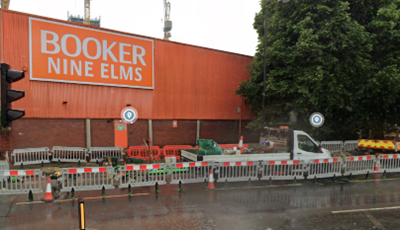The party manifestos are out – and there are lots of shiny new promises which our political leaders hope will kickstart housebuilding across the nation. Both Labour and the Tories have committed to building millions of homes, again – the Tories at 1.6m, and Labour trailing at 1.5m.
Unsurprisingly, on closer inspection there’s much which is eerily familiar, and some may say reheated.
Top of the reheats for the Tories is a new Help to Buy. This version will have a little less firepower than previous vintages, with an equity loan of 20% – half of what was on offer from the previous iteration.
There’s also a promised fast track through planning in the country’s top 20 cities for the Tories, while Labour will also have a fast track for all brownfield land. One would hate to be in the slow lane. Two areas of difference appear first to be around the green belt – the Tories remain rigidly opposed to its development, while Labour is a little softer in recognising not everything that is designated green is sacred.
Tackling housing
Both parties are also very interested in urban extensions and new towns. These interventions take an awful lot of time to come to fruition, and probably longer than the patience of our Westminster masters. However, it may not necessarily need to be state-driven if land use designations are softened appropriately. The private sector can do some of the work here.
Labour also wants to bring back mandatory housing targets for local areas. This is sensible – it was nonsensical for the Michael Gove ministry to scrap them. The policy gap has been used by many a local authority to shy away from plan-making.

A 2019 analysis by the Institute for Fiscal Studies revealed that gross spend on planning and development was reduced by 42% per person between 2009/10 and 2019/20. Labour’s response is to make more cash available for planning officers. This should be welcomed, although it will take time to make good the dramatic cuts in service.
CBRE’s recently published London Housing Report highlights that planning permissions are down 60% in London from previous peaks, with construction completions at their lowest since 2015. We have not reached the bottom yet.
Risk curve
Institutional capital is not flowing into real estate development. If it was, permissions wouldn’t be falling. Part of this is political volatility, while part of it is bad law-making. Over the past six years, the UK has nudged up the risk curve for institutional capital. Pre-Brexit, cities like London were alive with foreign -backed development vehicles. Less so today.
Chief among the culprits is the new Building Safety Act, which has caused significant harm to the UK’s ability to start new housing. Any new government will need to examine urgently want can be done to make the new regulations more straightforward.
Another move looked upon dimly was Gove’s recent attempt to abolish existing ground rents. Rights or wrongs aside, if you change laws which have been the basis for historic investments, you move up the risk curve for capital.
Thankfully, one policy which appears off the table is rent control. While advocated by the likes of the London mayor and some parts of the policy-making community, the major parties have wisely steered away from this – for now.
There isn’t a silver bullet to get Britain building again and you cannot expect the manifestos to bring salvation. However, a bit of political stability and sensible policy-making might work wonders. Let’s hope the new government, likely to be Labour, will take heed and learn from the mistakes of the past few years.









